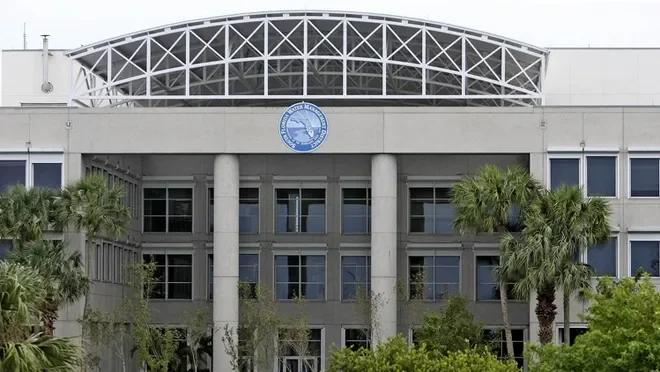How to Submit a Drainage Report to SFWMD
Submitting a drainage report to the South Florida Water Management District (SFWMD) is a key step in obtaining environmental and stormwater approval for land development projects in South Florida.
These reports demonstrate compliance with stormwater management standards, flood protection, and water quality requirements, ensuring projects don’t negatively impact surrounding properties or ecosystems.
Whether you’re developing residential, commercial, or industrial property, understanding how to prepare and submit this report can help you avoid costly delays and multiple review cycles.
What Is the SFWMD and Why Is a Drainage Report Required?
The South Florida Water Management District oversees stormwater permitting and environmental protection across 16 counties in South Florida.
A Drainage Report provides the engineering basis for how a site will manage runoff before, during, and after construction.
These reports are often required for:
Environmental Resource Permits (ERPs)
Surface Water Management (SWM) applications
Site Development Plans involving new impervious areas or drainage outfalls
For more on ERPs, see:
Environmental Resource Permits (ERP) in Florida: A Developer’s Guide.
Required Components of a Drainage Report
| Report Section | Description | Key Requirements |
|---|---|---|
| Project Overview | Summary of location, acreage, and purpose of the project. | Include legal description, watershed, and receiving body. |
| Existing Conditions | Pre-development drainage patterns, soil types, and water table data. | Must include survey data and FEMA flood zone mapping. |
| Design Storm Events | Specifies rainfall conditions for modeling. | Use 25-year/72-hour storm for design per SFWMD criteria. |
| Hydrologic & Hydraulic Calculations | Model inflow, outflow, storage, and discharge rates. | Use ICPR or equivalent software; include stage-storage tables. |
| Water Quality Treatment | Demonstrates compliance with pollutant load reduction goals. | Show retention volume equal to 1 inch over the site or 2.5 inches over impervious areas. |
| Exfiltration & Pond Design | Design of stormwater storage and discharge systems. | Include pipe sizing, infiltration rates, and control structure elevations. |
| Maintenance Plan | Ongoing inspection and cleaning schedule for stormwater facilities. | Must meet SFWMD post-permit maintenance requirements. |
Submission Process
Prepare the Drainage Report – Include all calculations, plans, and forms in PDF format.
Access ePermitting Portal – Submit through the official SFWMD ePermitting System.
Attach Supporting Documents – Upload the drainage report, design plans, ERP application, and modeling files.
Pay Application Fees – Based on project type and acreage.
Respond to Reviewer Comments – Expect 1–2 rounds of review; revisions should address all technical deficiencies.
Receive ERP Approval – The ERP or drainage approval letter authorizes construction and operation of stormwater systems.
Tips for a Successful Submission
Use SFWMD-approved rainfall and soil data for your specific basin.
Cross-reference all elevations between plans and models.
Label control structures clearly (weirs, orifices, and overflow routes).
Include flood routing maps with pre- and post-development conditions.
Coordinate early with local drainage districts, which often have additional design standards.
To learn more about local coordination, see:
How Local Drainage Districts Affect Site Development.
Common Mistakes to Avoid
Submitting incomplete modeling files (missing ICPR inputs or rainfall data).
Using incorrect datum or benchmark for elevations.
Omitting pre- vs. post-development runoff comparisons.
Not addressing reviewer comments from prior submittals.
A properly sealed and consistent drainage report is the key to avoiding resubmittal delays.
Conclusion
A well-prepared drainage report demonstrates both regulatory compliance and responsible site design. By following SFWMD guidelines and working with experienced engineers, developers can ensure their projects meet stormwater standards efficiently.
At RSP Engineers, we prepare, model, and submit SFWMD-compliant drainage reports that achieve timely approval — supporting sustainable, resilient development throughout South Florida.
FAQs
-
Not all — only those altering surface water flow, adding impervious area, or connecting to offsite discharge points.
-
ICPR v4, ICPRv5, or other verified hydrologic/hydraulic software.
-
Typically 30–60 days depending on project complexity and completeness.
-
No, all applications must go through the SFWMD ePermitting Portal.
Partnering With Florida Developers for Stormwater Compliance
At RSP Engineers, we handle every stage of SFWMD drainage submittals — from hydrologic modeling and report preparation to portal submission and agency coordination — ensuring projects meet every technical standard the first time.











